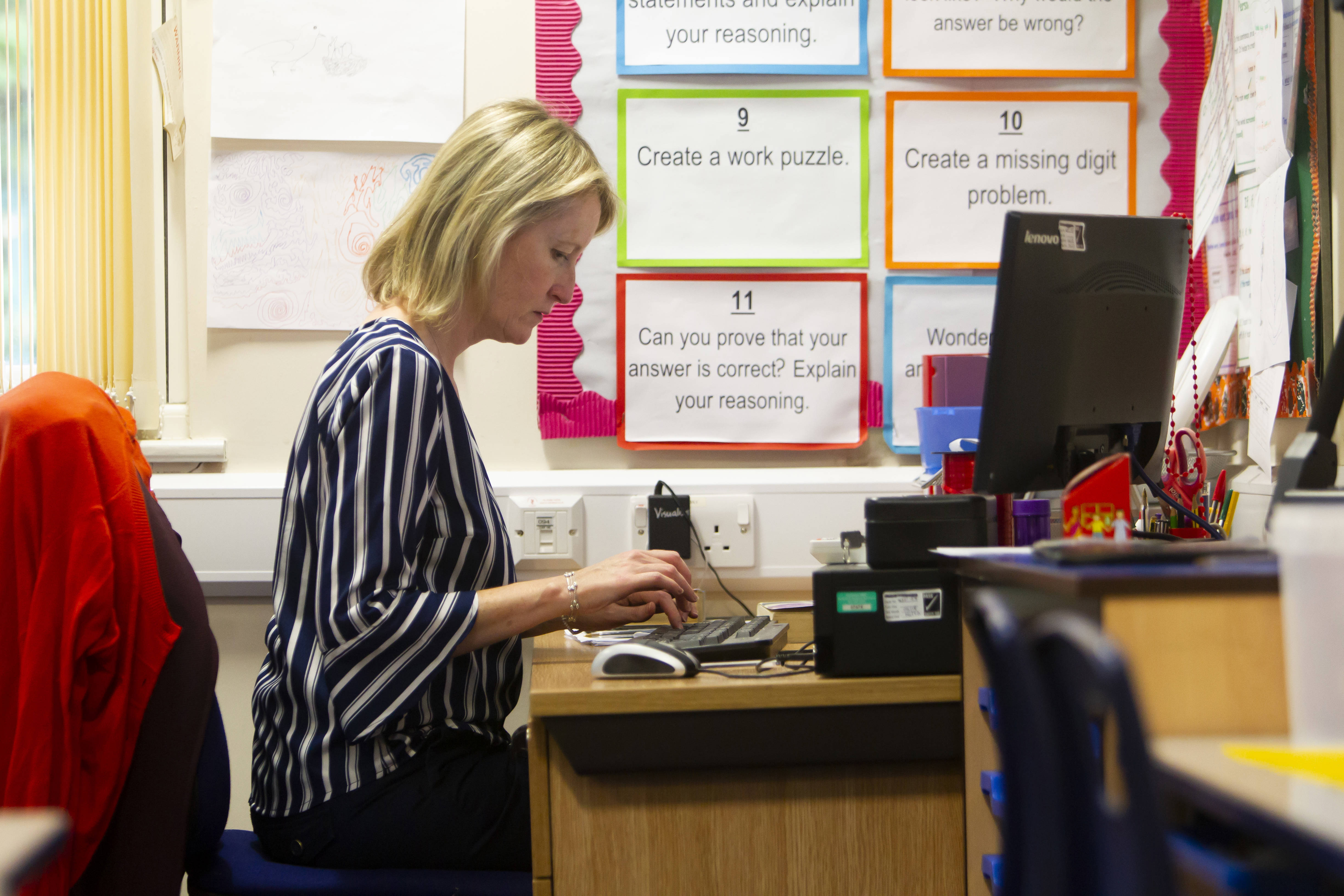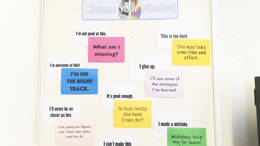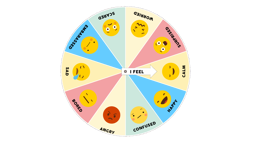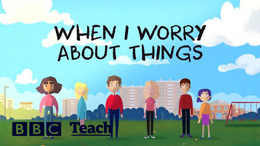Understanding the mental health landscape in England
Research shows that at any given time, 1 in 6 people aged 16 to 64 in England will be experiencing a common mental health problem.

That means that it is very likely we each know someone with a mental health condition – whether it is a family member, colleague, pupil or friend.



 Author
Author
